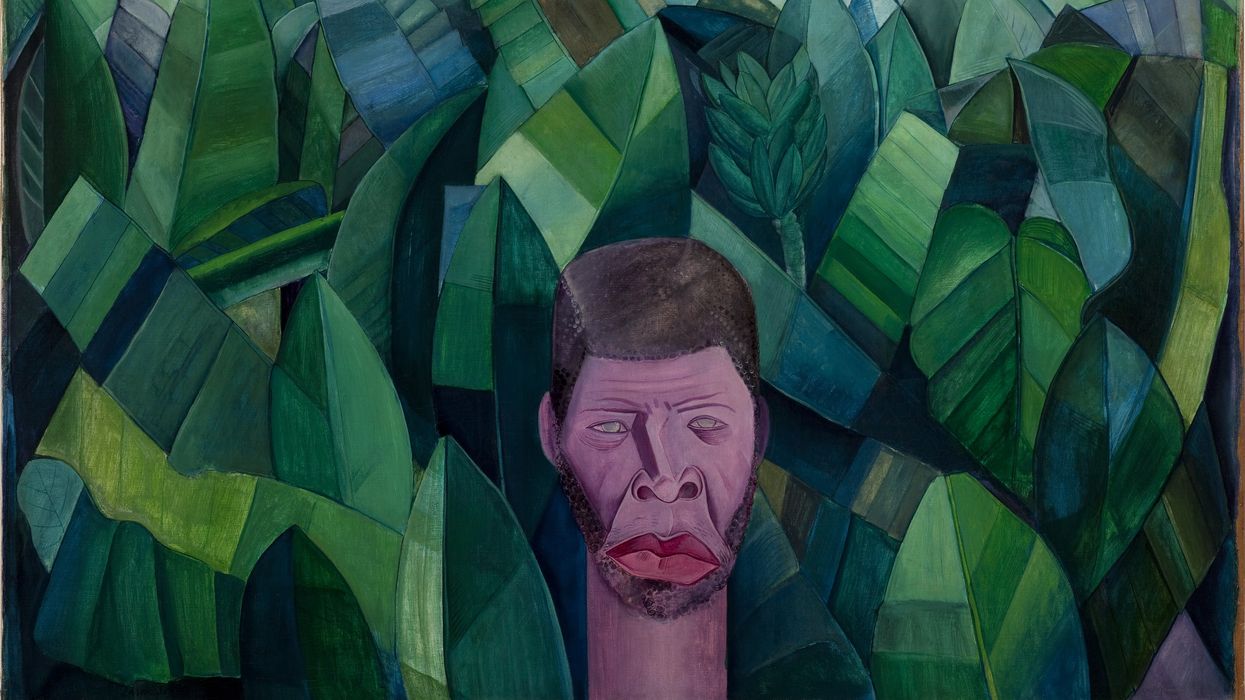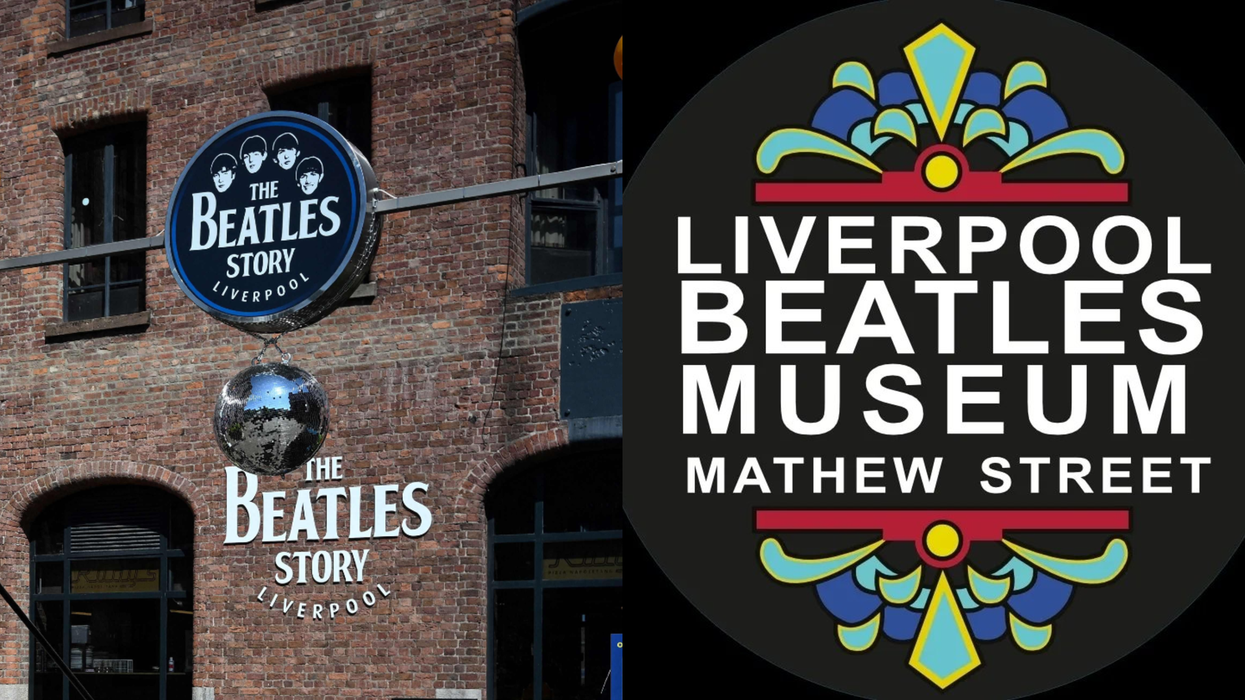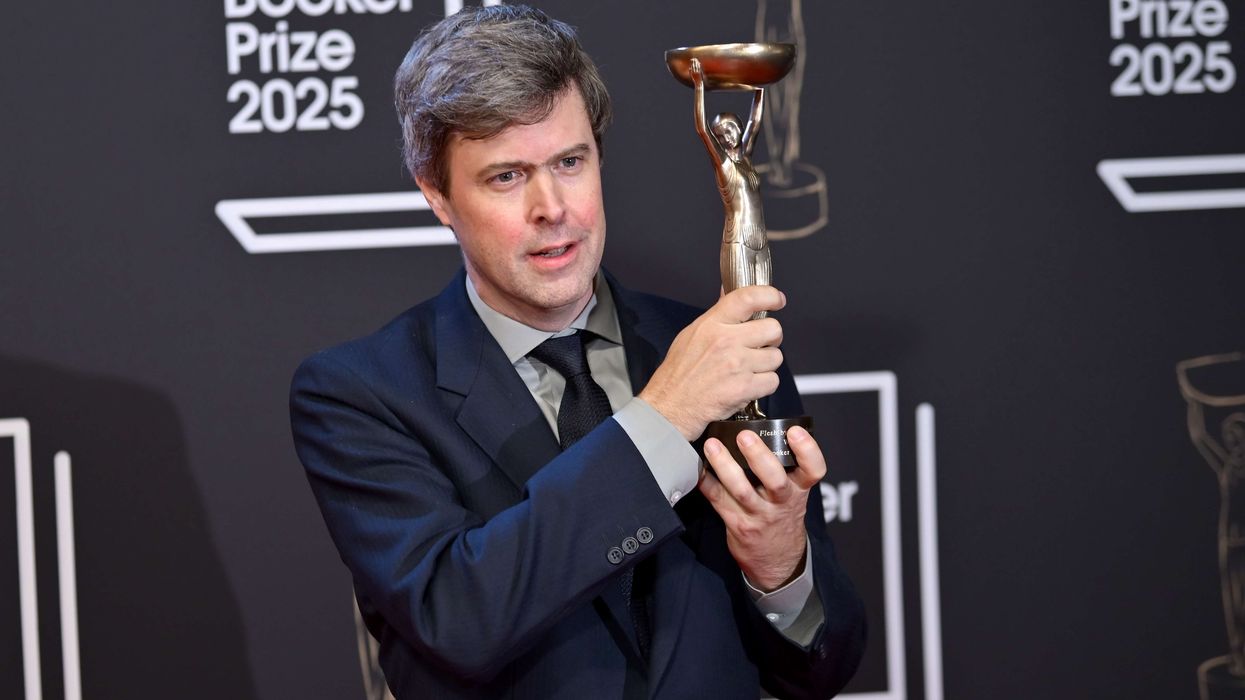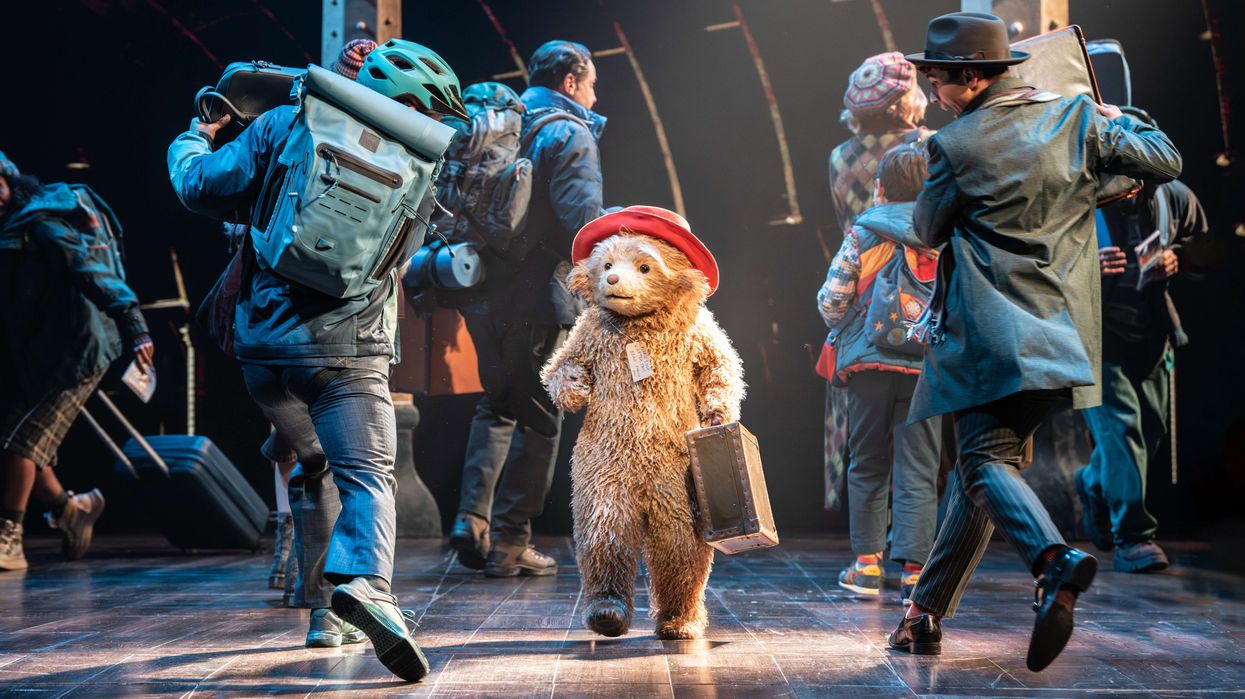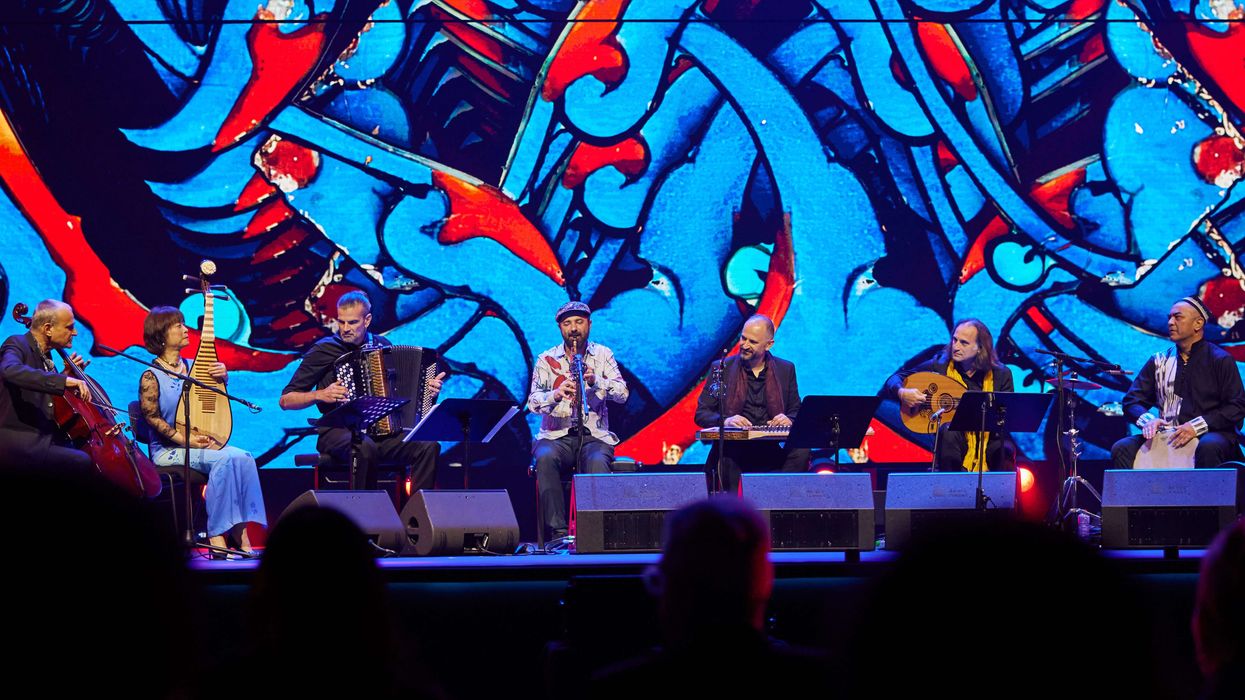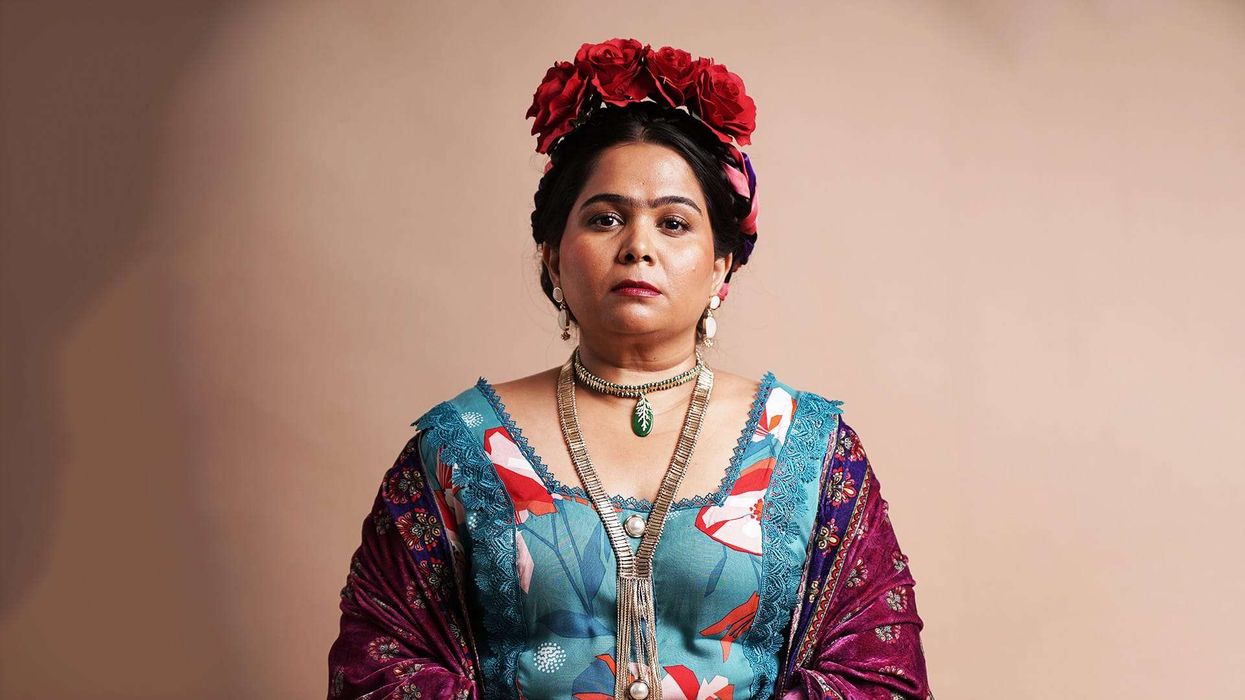THE Royal Academy has a wonderful, new exhibition called Brasil! Brasil! The Birth of Modernism featuring more than 130 works by 10 Brazilian artists from the 1910s to the 1970s.
As with all great art, it gives you a real feel for Brazil.
Afterwards, I headed straight to the gallery shop and bought the catalogue, the poster, a postcard and a greetings card, always a sign I intend to return to the exhibition and take a longer look. I approached the exhibition with three pieces of intelligence.
First, Edson Arantes do Nascimento, better known by his nickname Pelé, was considered a kind of god among football fanatics in India, especially the Mohun Bagan-East Bengal crowd in Kolkata.
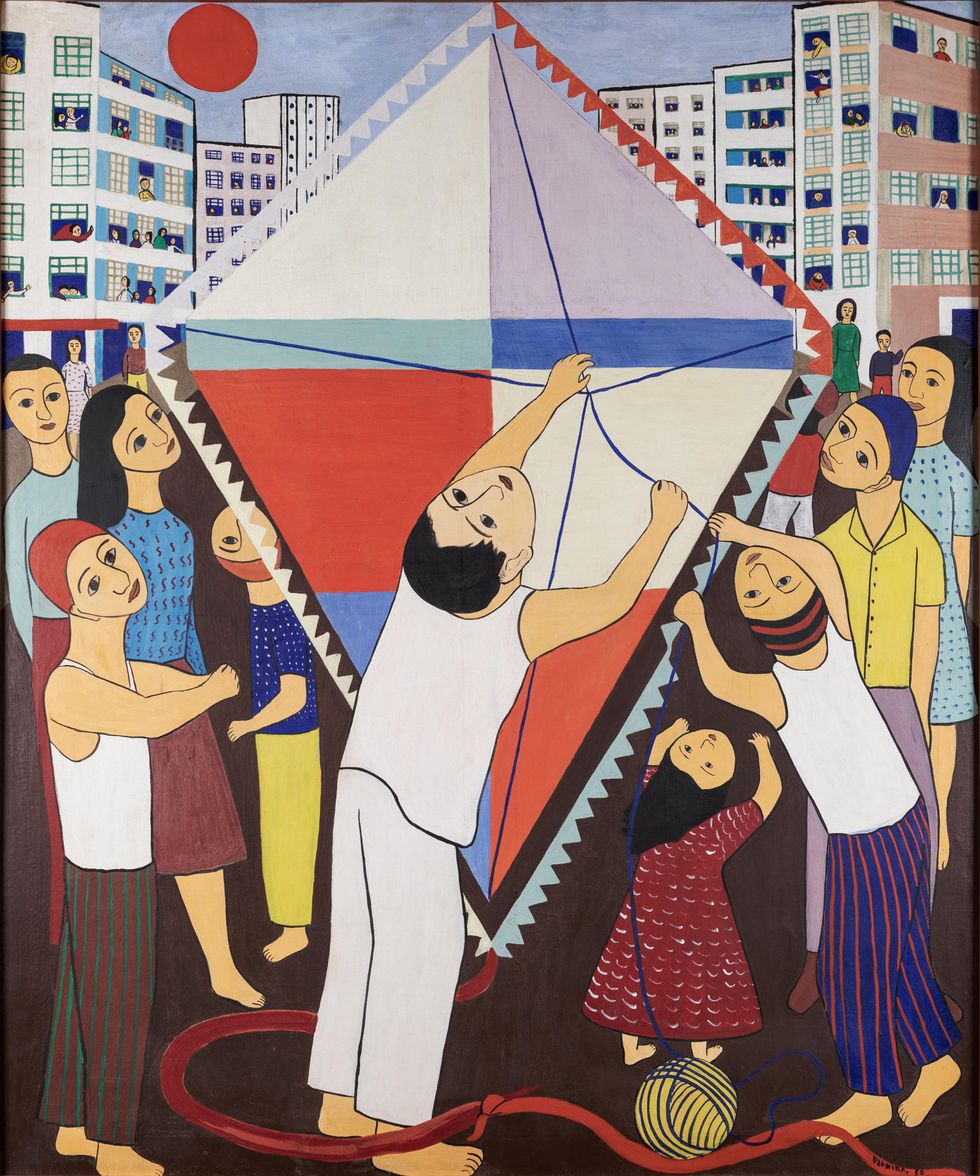
Second, when I attended a farewell party in Buenos Aires at the end of the Argentina-UK war over the Falklands, I said something like: “People here really know how to party.”
My translator, a young Argentinian man, Jorge Posse, who remains a good friend, laughed: “This is nothing – wait till the Brazilians arrive!”
Third, an English friend from college, whom I see once a year for lunch when he returns to the UK, landed a lucrative job with BOLSA (Bank of London and South America) and spent his entire (exotic) working life in Brazil.
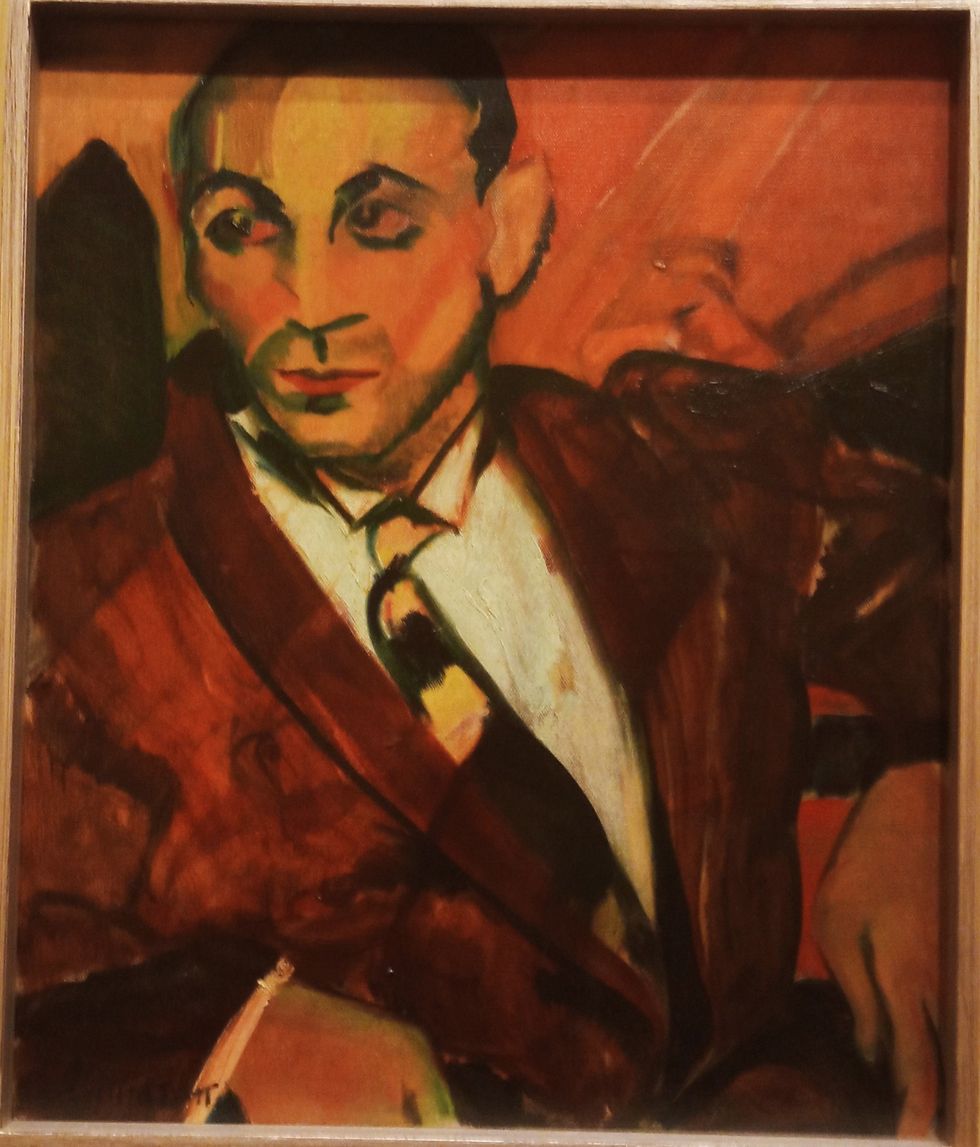
Collectively, the works take the visitor on a journey through 70 years of a new art in Brazil, which moves from figuration to abstraction. They capture the diversity of Brazilian art, according to the Royal Academy. It says that in early 20thcentury Brazil, artists were adapting contemporary trends, international influences and artistic traditions to create a new modern art; art informed by and celebrating its distinct, vibrant cultures, identities and landscapes.
Most of the exhibition’s works come from rarely seen Brazilian private collections and are shown alongside those drawn from public sources; many have never been exhibited in the UK.
The names of the artists would be unknown to most of us.

The 10 featured artists include pioneers of early Brazilian Modernism, a movement spearheaded by Anita Malfatti (1889-1964), followed by Vicente do Rego Monteiro (1899-1970), the Jewish Lithuanian emigré Lasar Segall (1891- 1957), Candido Portinari (1903-1962) and Tarsila do Amaral (1886-1973), now internationally celebrated as a leading female figure of Brazilian Modernism.
The exhibition also includes the selftaught artists Alfredo Volpi (1896-1988) and Djanira (1914-1979), an artist of indigenous descent, Afro-Brazilian artist Ruben Valentim (1922-1991), the early Neo-Concrete polymath Geraldo de Barros (1923-1998), and the artist and architect Flávio de Carvalho (1899-1973), who was also one of Brazil’s first performance artists.Each of the artists are represented by at least 10 works, many of whom have their own dedicated gallery space.
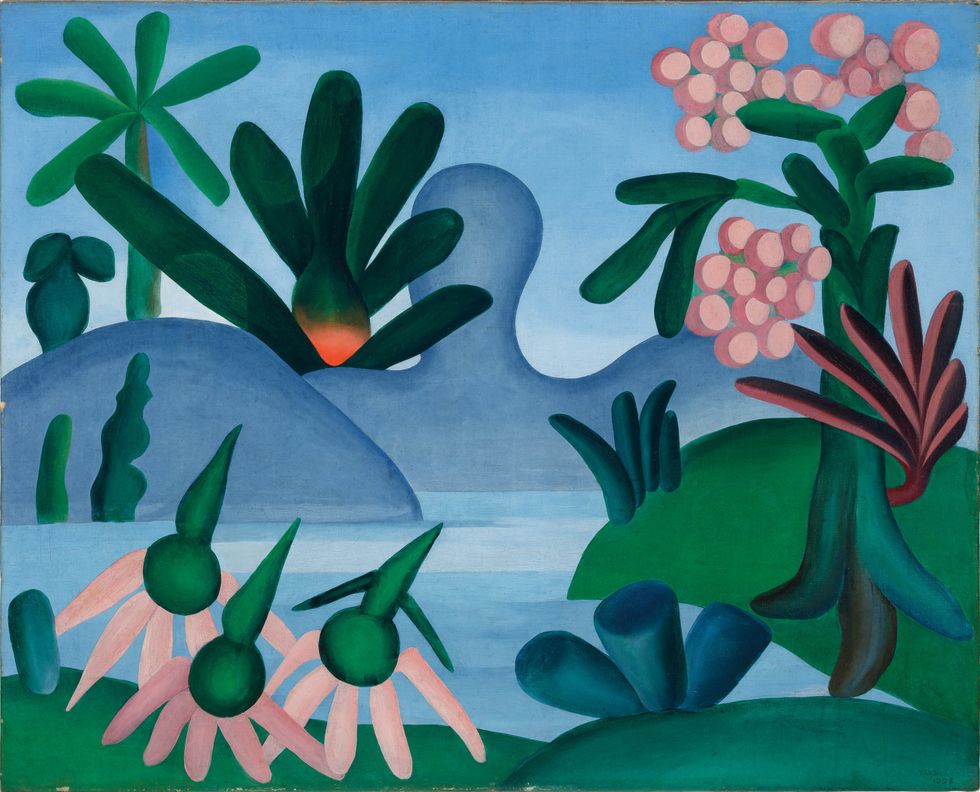
The exhibition also features a section dedicated to the historic Exhibition of Modern Brazilian Paintings, which took place at the Royal Academy in 1944, the first exhibition of modern Brazilian art in the UK. It featured 168 works by 70 artists.
I have a thing about landscapes and loved the ones of the Brazilian countryside. They remind me of the ones of rural West Bengal done by my younger economist brother who has started dabbling in water colour.
The poster for Brasil! Brasil! features Tarsila do Amaral’s Lake (1928). I gravitated to two more of her paintings – Second Class (1933) and Settlement I (1952). I also picked out Segall’s Lucy with Flower (1939-42), which was shown in the 1944 exhibition at the RA, along with her Banana Plantation (1927).
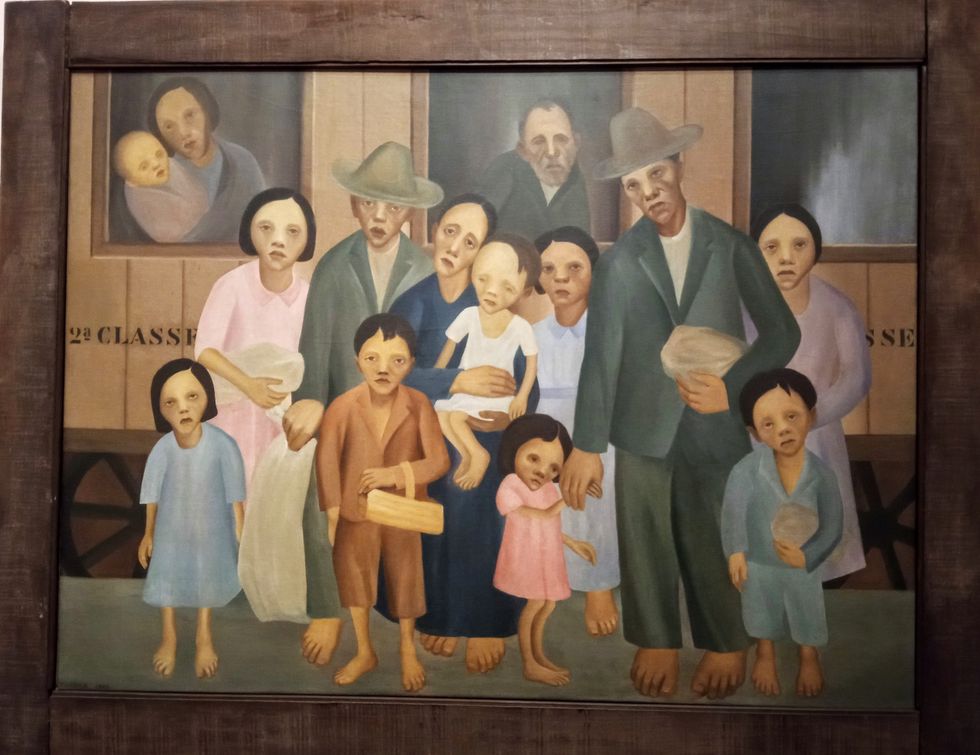
Paintings which I would love at home – the acid test – included Malfatti’s Yellow man (1915/16); Djanira’s Flying a Kite (1950); Mário de Andrade (1939) by Flávio de Carvalho.
We are reminded that Brazil was seen as a land of opportunity and sanctuary, with its vast territory and huge natural resources. Alongside a multiplicity of indigenous cultural groups were descendants of the original Portuguese colonisers and of enslaved West Africans (slavery was only abolished in 1888), as well as a wide variety of immigrants, not only from Europe, but significant populations of Japanese, Syrians, Italians and Germans, among many others.
Urbanisation led to the expansion of cities such as Rio de Janeiro (the capital until 1960 when Brasília was inaugurated) and São Paulo; with immigration came new political, social, economic and artistic ideas.
Brazilians were no longer interested in following Europe and North America, not just in terms of literature, poetry, theatre, music and design but also, significantly, in art.
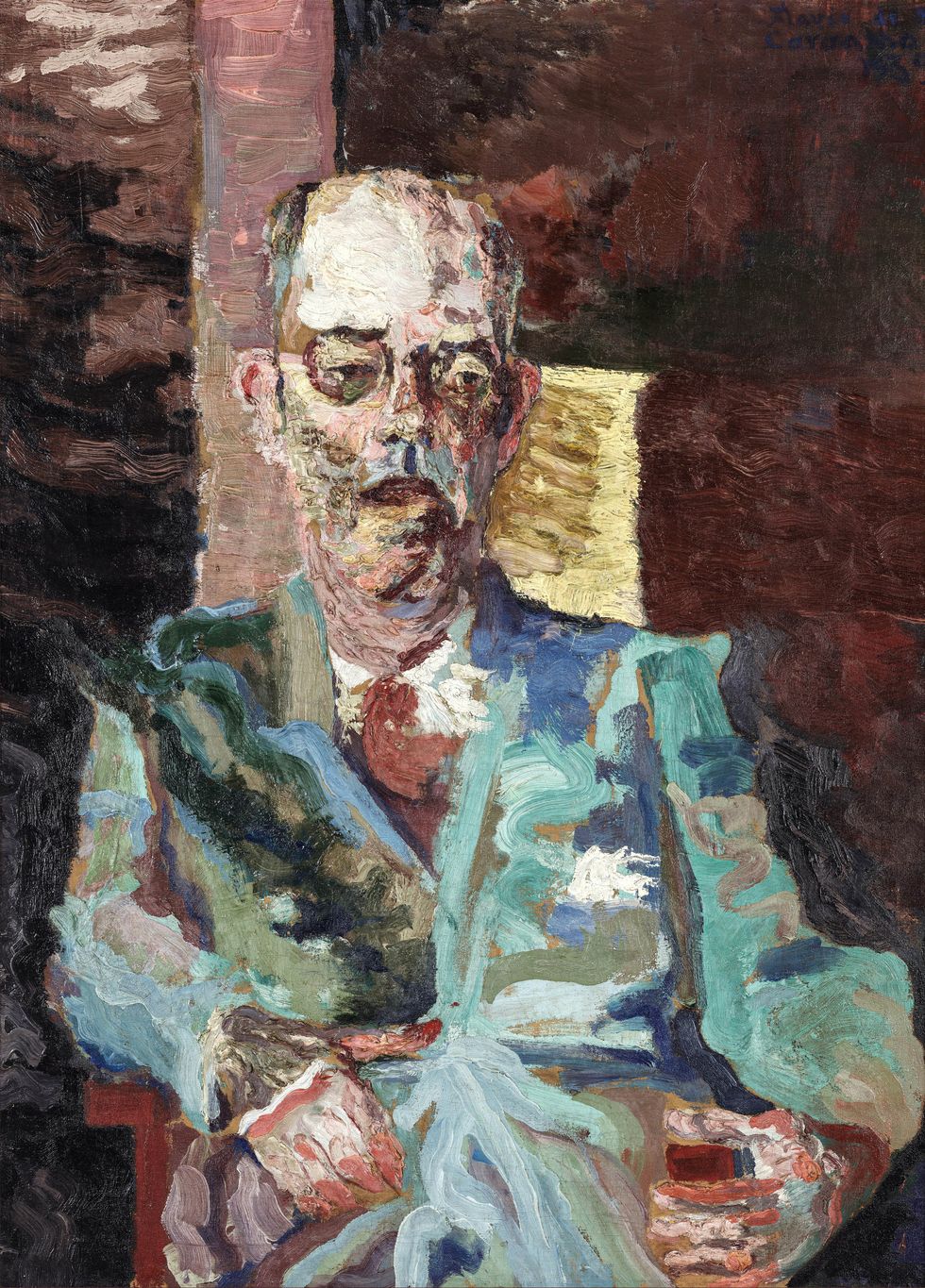
Brazil was seeking its own identity, one that was freed from external influences and that reflected the reality of life in Brazil. Artists began to emerge in the 1910s, wanting to be modern, reflecting new forms of expression that many had been exposed to in Europe (mainly in France between the wars) and in the US. These artists returned to Brazil reflecting these modern tendencies, but adapting them to create new forms of art that celebrated their national identity.
The exhibition is organised by the Zentrum Paul Klee, Bern, in collaboration with the RA.
It is curated by Dr Fabienne Eggelhöfer, chief curator, Zentrum Paul Klee, Roberta Saraiva Coutinho, former director of the Museu Laser Segall in São Paulo and current director of the Museu da Língua Portugesa, São Paulo, with Dr Adrian Locke, chief curator at the RA.
Eggelhöfer and Coutinho write in the catalogue that in 1822, Brazil became independent from Portugal, and a republic in 1889. “The population consisted mostly of indigenous groups; formerly enslaved people, most of whom had roots in West Africa; Portuguese colonisers; and migrants from all over Europe.
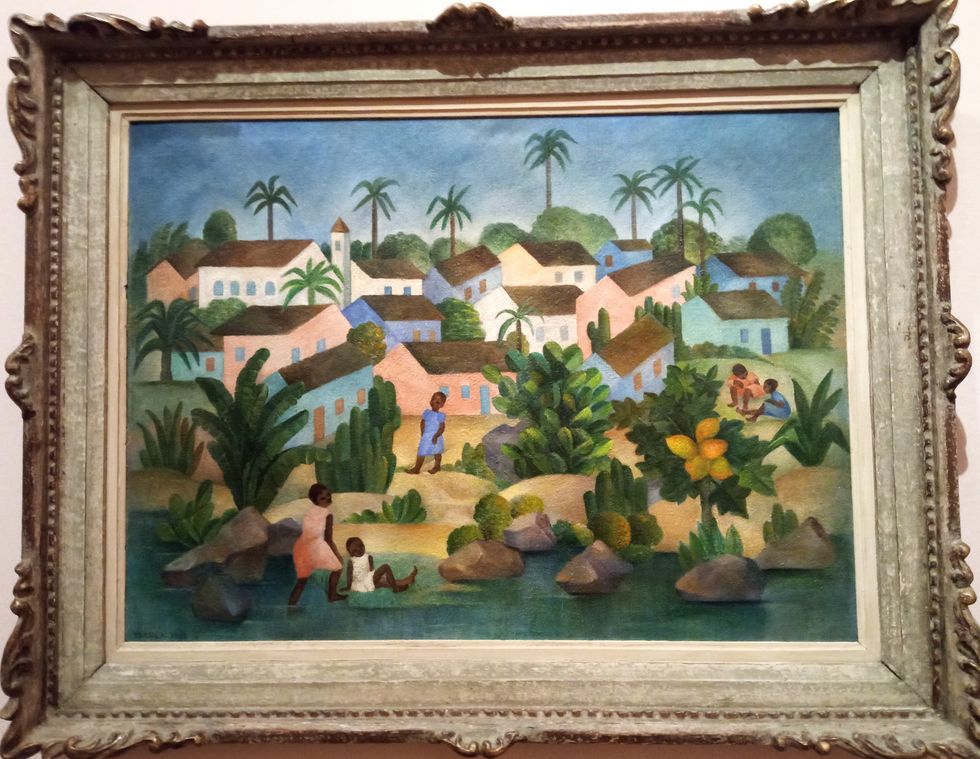
And soon immigrants would come to Brazil from Japan as well.”
They add: “In Brazil, the engagement with indigenous cultures was much rather about going back to the roots and appreciating the country’s cultural history before European colonisation.”
n Brasil! Brasil! The Birth of Modernism is at the Royal Academy until April 21, 2025.
